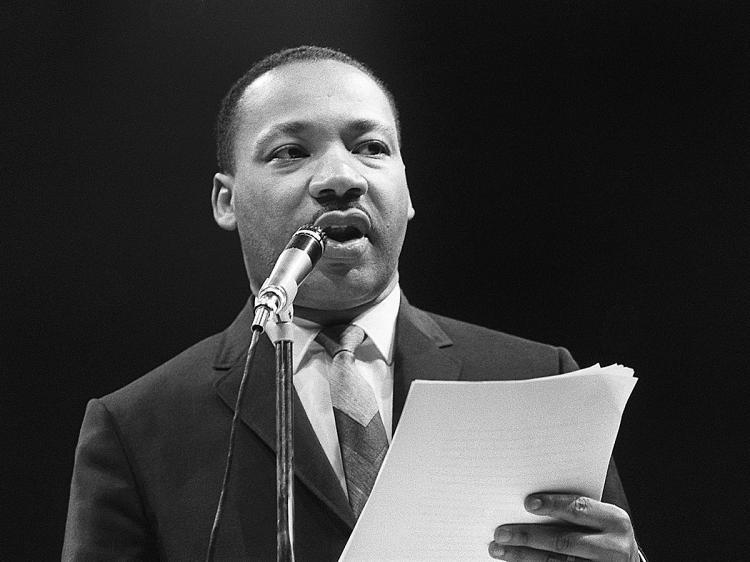Commentary
In 1976, President Gerald Ford gave official federal recognition to Black History Month to “honor the too-often neglected accomplishments of black Americans in every area of endeavor throughout our history.” That’s a worthy objective.


In 1976, President Gerald Ford gave official federal recognition to Black History Month to “honor the too-often neglected accomplishments of black Americans in every area of endeavor throughout our history.” That’s a worthy objective.